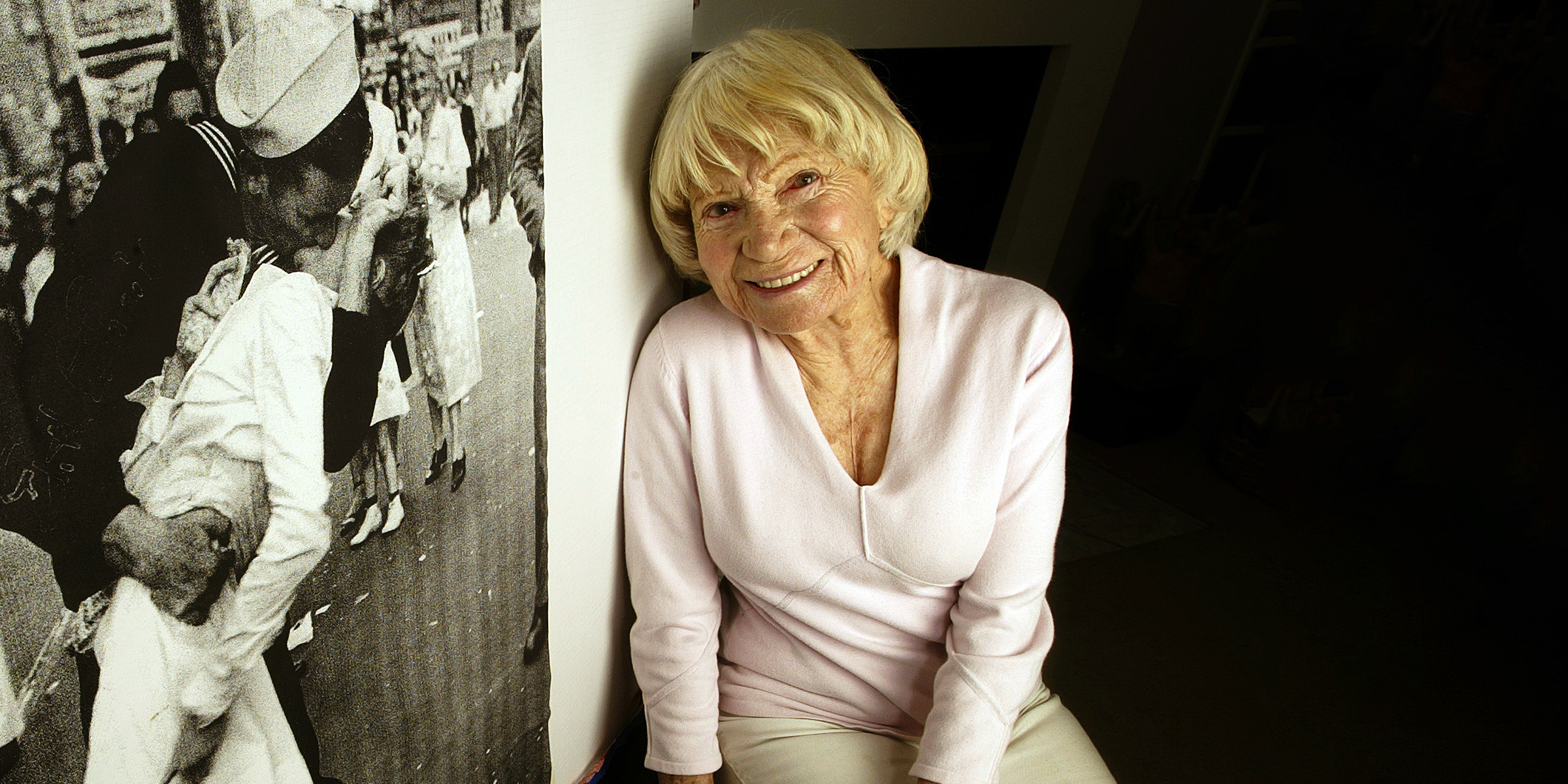
The Most Powerful Photos in History – And the Stories Behind Them
A split second can last forever when a camera captures it just right. These powerful images didn't just capture moments — they tell unforgettable stories.
From a lone footprint on the Moon to a mother's silent despair during the Great Depression and an iconic Dr. Martin Luther King Jr. moment, these 12 images have transcended their time and place. They tell a story not only of what happened, but why it mattered.
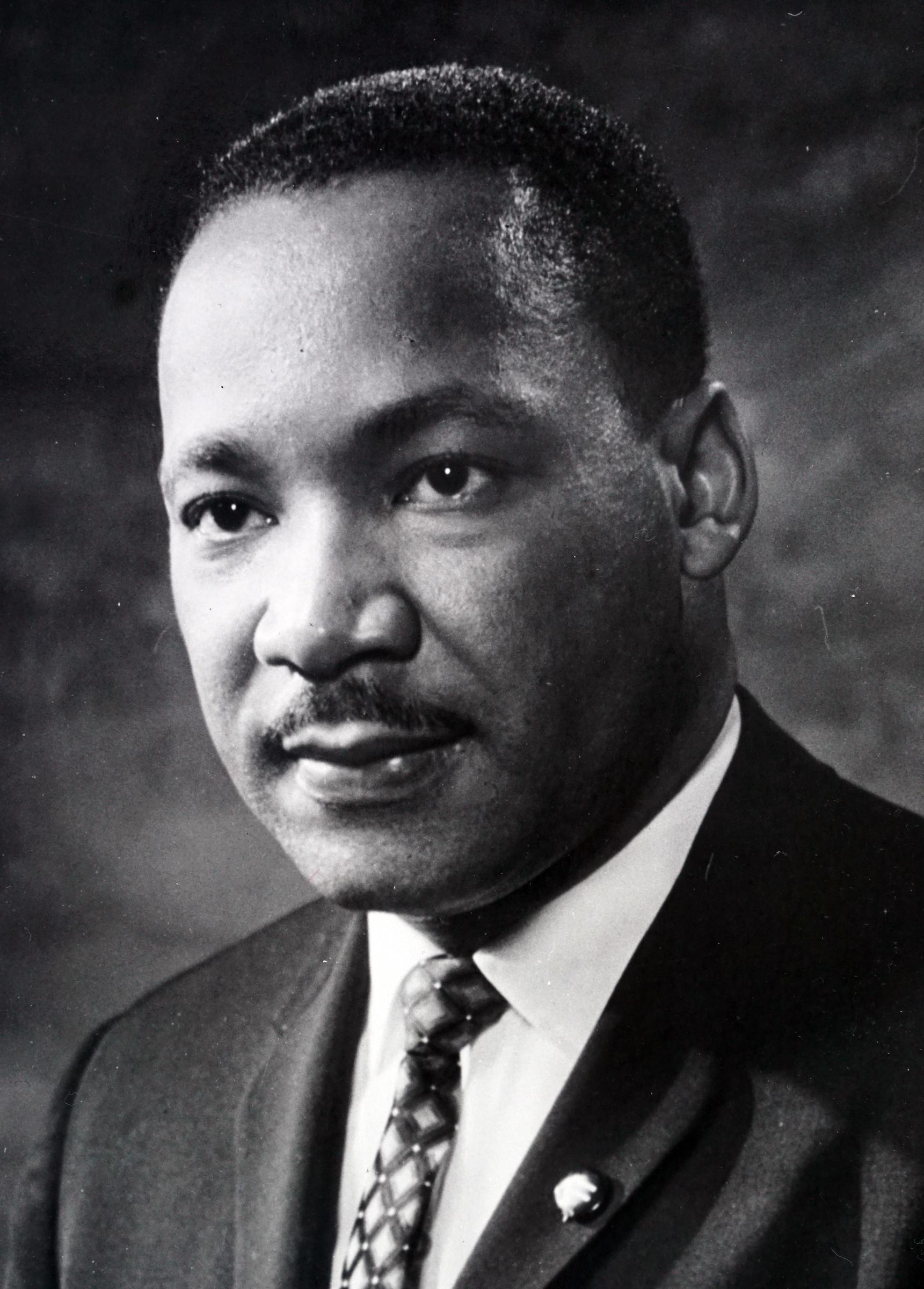
Dr. Martin Luther King Jr. photographed in 1949. | Source: Getty Images
1 – The First Photograph, 1827
In the late 1820s, photographer Joseph Nicéphore Niépce captured what is widely recognized as the world's earliest surviving photograph. Shot from a window at his family estate in France, the grainy 8-by-6.5-inch image shows rooftops and sunlight immortalized through a process Niépce called heliography.
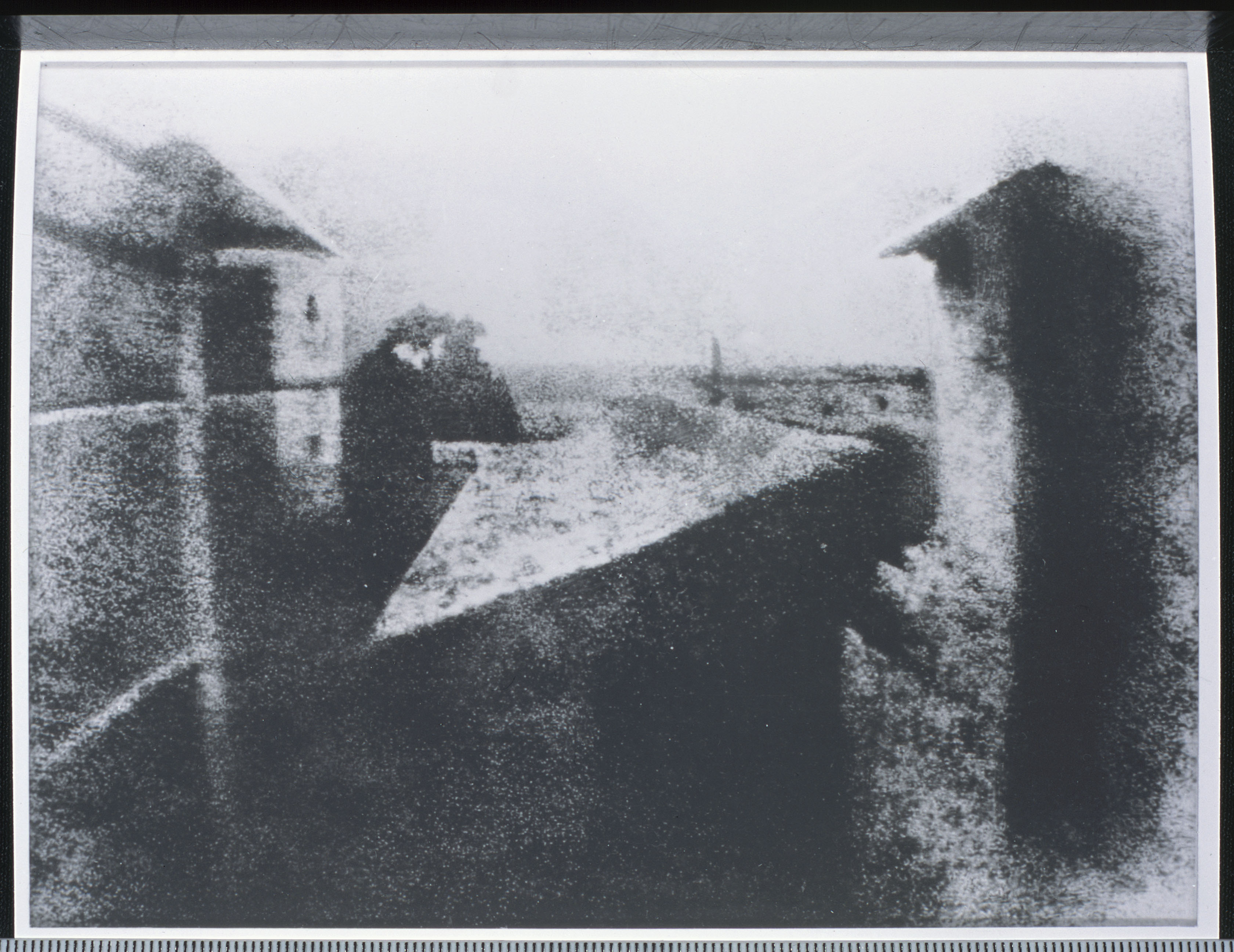
One of the earliest surviving camera photographs by Joseph Nicephore Niepce, circa 1827. | Source: Getty Images
2 – Raising the Flag on Iwo Jima, 1945
As the battle for Iwo Jima raged, six U.S. Marines raised the American flag atop Mount Suribachi on February 23, 1945. At that exact moment, photographer Joe Rosenthal instinctively turned his Graflex 4x5 camera and captured a shot that would become one of the most iconic images of World War II.
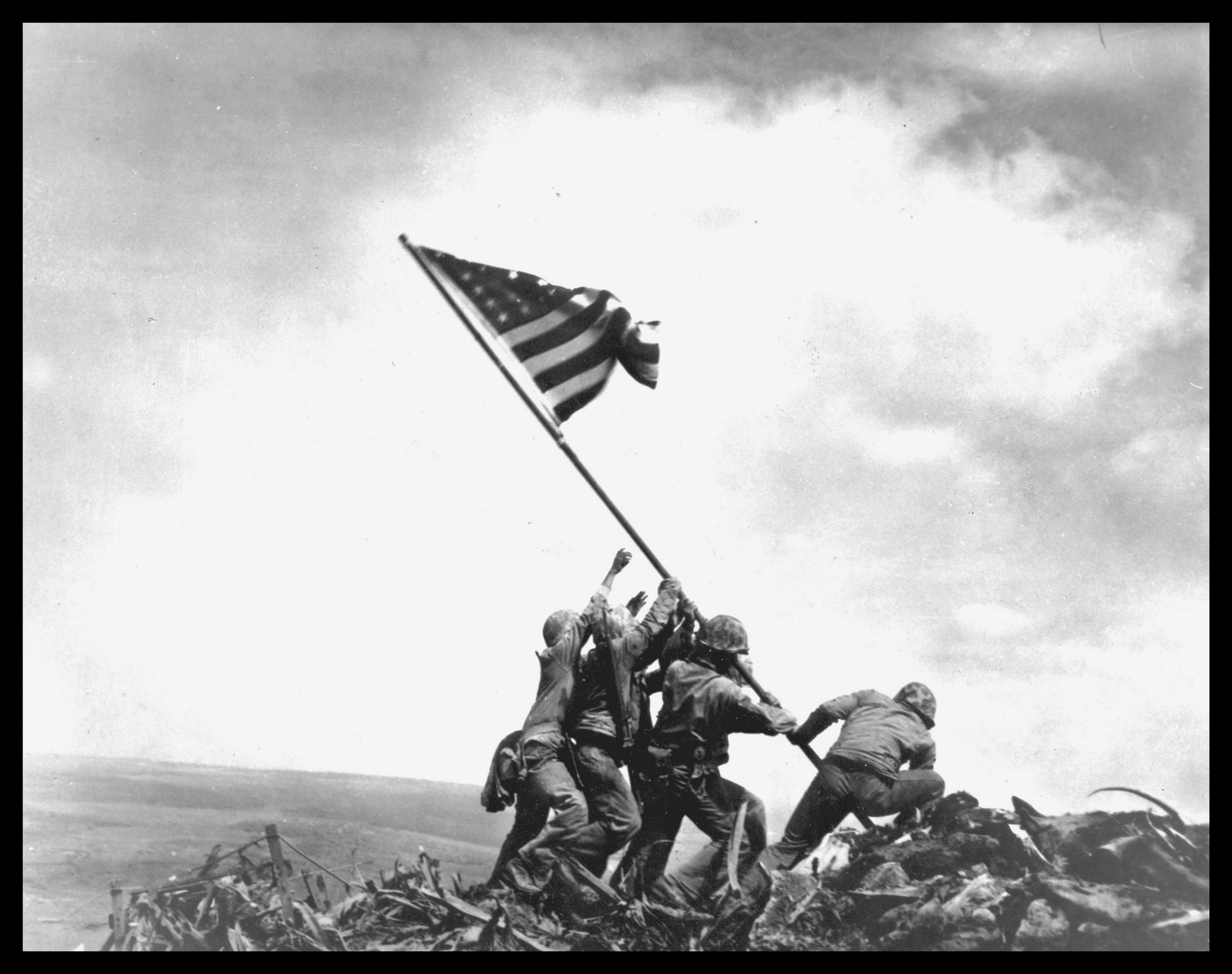
View of members of the United States Marine Corps 5th Division raising an American flag on Mount Suribachi during the Battle of Iwo Jima on February 23, 1945. | Source: Getty Images
3 – V-J Day Kiss in Times Square, 1945
As news of Japan's surrender spread through New York on August 14, 1945, Times Square erupted in celebration. In the middle of the crowd, a U.S. Navy sailor grabbed and kissed a woman dressed in white, mistaking her for a nurse.
Life magazine photographer Alfred Eisenstaedt captured the moment in a spontaneous shot that came to symbolize the euphoria of war's end. Neither subject knew the other, and the photo's candid nature helped turn it into one of the most recognizable images of the 20th century.
4 – Free Borsht for Stalin's Death, 1953
One day after Joseph Stalin died, Washington restaurateur Bob Seidel seized the moment. On March 6, 1953, he posted a bold sign in his 1203 Restaurant window offering "Free Borsht" to mark the Soviet leader's passing.
Waitress Eileen Keenan was photographed putting up the sign — an image that captured Western sentiment and Cold War irony in a single frame.

Eileen Keenan, a waitress at the 1203 Restaurant, puts up a sign outside the restaurant on March 6, 1953, inviting everyone to enjoy "Free Borst" in celebration of Stalin's death. | Source: Getty Images
5 – Afghan Girl, 1984
In a dusty refugee camp near the Afghan–Pakistan border, photographer Steve McCurry captured the piercing gaze of 12-year-old Sharbat Gula.
A Pashtun orphan living in Nasir Bagh, she became the face of displacement after the Soviet invasion of Afghanistan. When her portrait appeared on the June 1985 cover of "National Geographic," it became one of the most recognizable images in photojournalism history.
6 – Golden Gate from Above, 1951
In 1951, pioneering photojournalist Margaret Bourke-White captured a sweeping aerial view of the Golden Gate Bridge from a helicopter — an uncommon feat at the time.
Her striking image showcased the grandeur of the suspension bridge linking San Francisco and Marin County, and reflected her enduring drive to see the world from bold new angles.
7 – Lunch Atop a Skyscraper, 1932
Captured during the construction of the Radio Corporation of America Building in Rockefeller Center, this iconic photograph shows 11 steelworkers casually eating lunch on a narrow beam suspended 850 feet above Manhattan.
Published in 1932 during the Great Depression, it symbolized the grit and bravery of immigrant laborers who helped build New York City's skyline. Though the image has long been shrouded in mystery, later research identified some men — among them Irish, Italian, and Mohawk workers — and confirmed the photo as a publicity shot taken on the 69th floor.
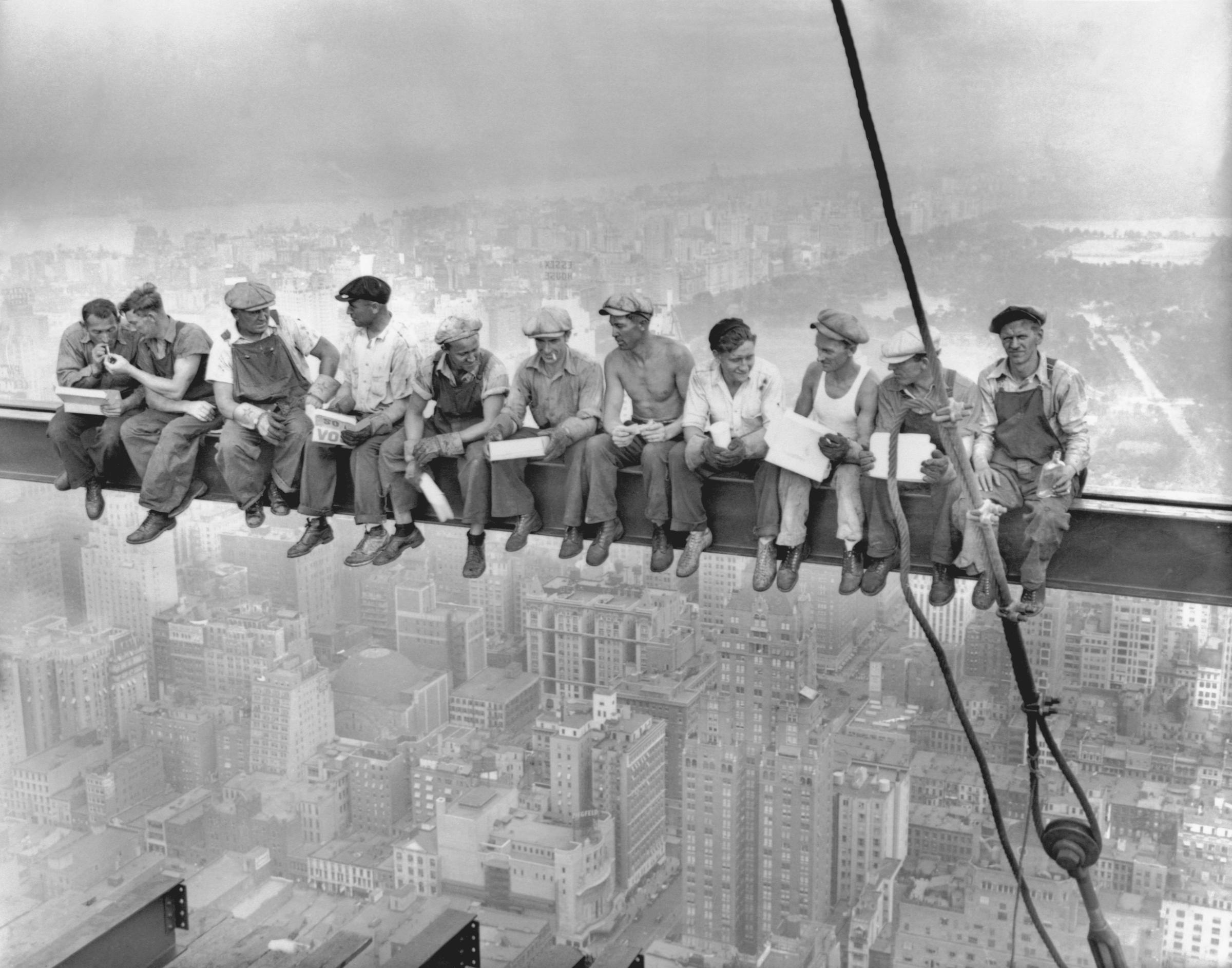
Steelworkers atop the 70-story RCA building in Rockefeller Center lunching on a steel beam with a sheer drop of over 800 feet to the street level in 1932. | Source: Getty Images
8 – Footprint on the Moon, Apollo 11 mission, 1969
During the Apollo 11 mission in July 1969, astronaut Buzz Aldrin photographed his own boot print in the lunar soil to help scientists study the properties of moon dust.
The simple image of a single footprint quickly transcended its scientific purpose — it became a lasting symbol of humanity's first steps on the Moon and one of the most iconic photographs in space exploration history.
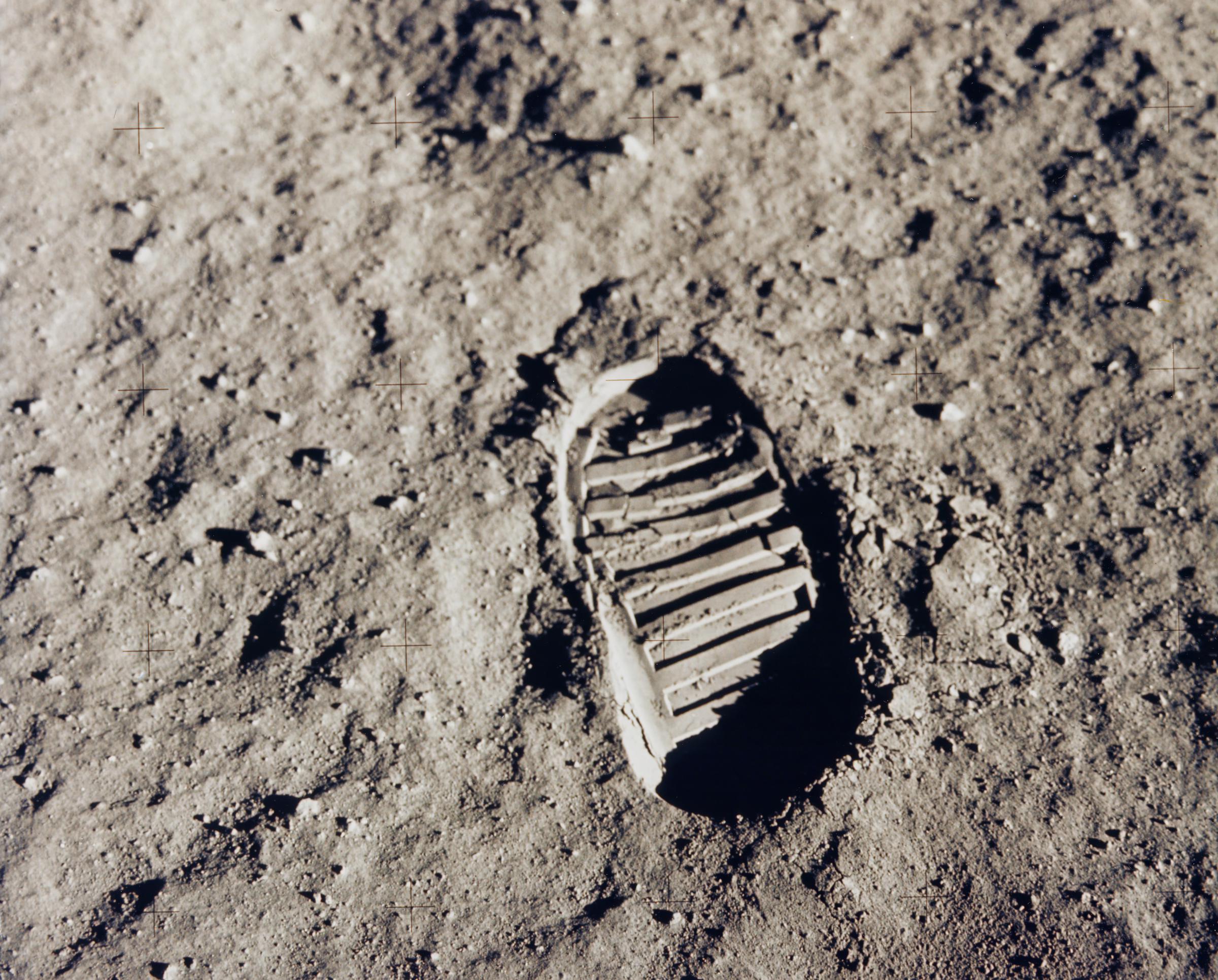
The first footprint on the Moon during the Apollo 11 mission in July 1969. | Source: Getty Images
9 – Buzz Aldrin on the Moon, 1969
Astronaut Buzz Aldrin stands beside the American flag during an Apollo 11 moonwalk in 1969, with the Lunar Module visible to the left and a trail of footprints pressed into the lunar soil.
Neil Armstrong took the photo using a 70mm Hasselblad camera, and the unplanned moment became one of the most iconic images in NASA's history, symbolizing the triumph of the first human landing on the Moon.
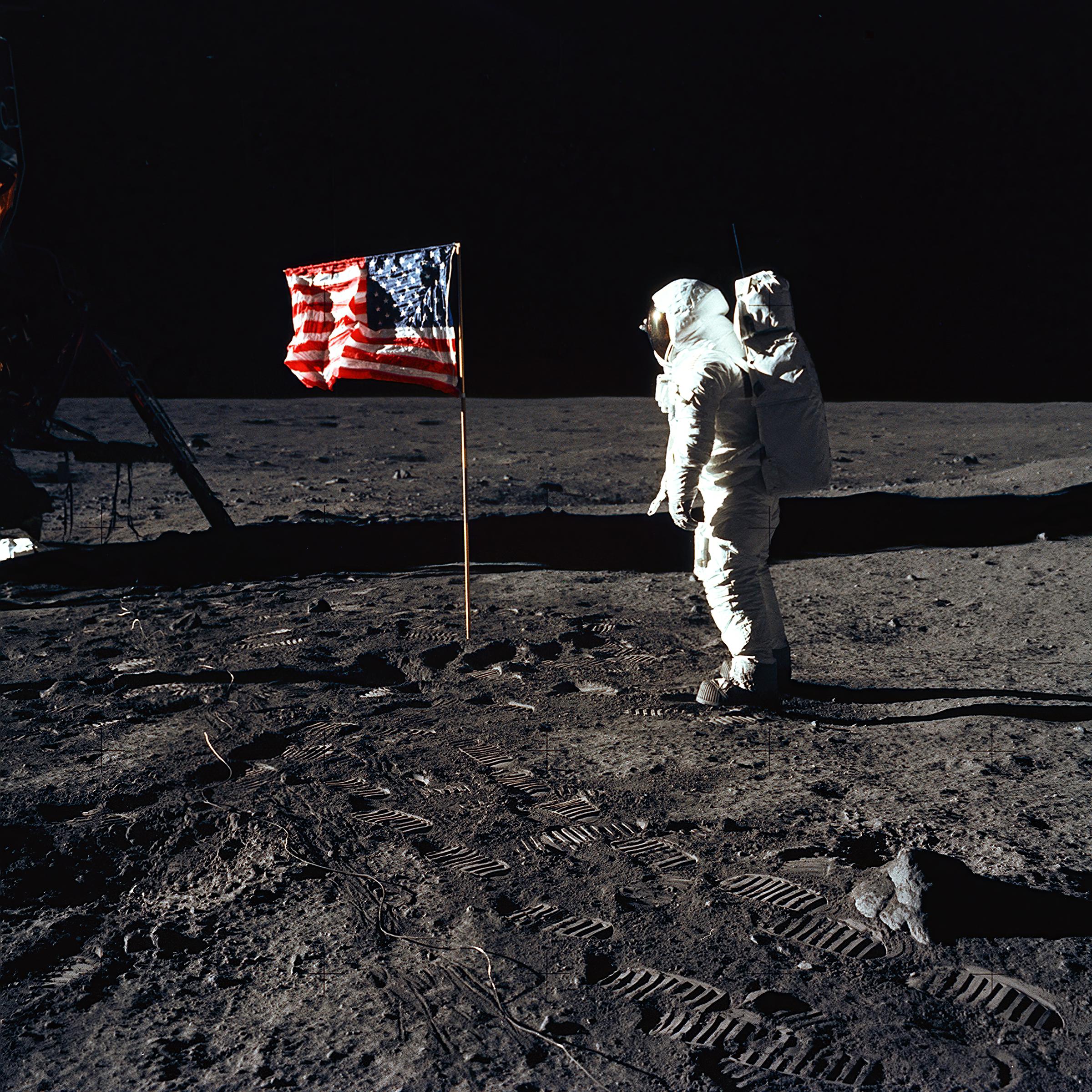
Astronaut Edwin E. "Buzz" Aldrin, Jr., beside the U.S. flag during an Apollo 11 moon walk in 1969. | Source: Getty Images
10 – Migrant Mother, 1936
Photographed by Dorothea Lange in a migrant camp in Nipomo, California, this portrait of a weary mother with her children became the defining image of the Great Depression. Published in 1936, "Migrant Mother" captured the raw hardship faced by millions of Americans and stirred public compassion.
The woman's anxious gaze and the children's hidden faces told a powerful story of struggle and resilience, turning the photo into an enduring symbol of national suffering and human endurance.
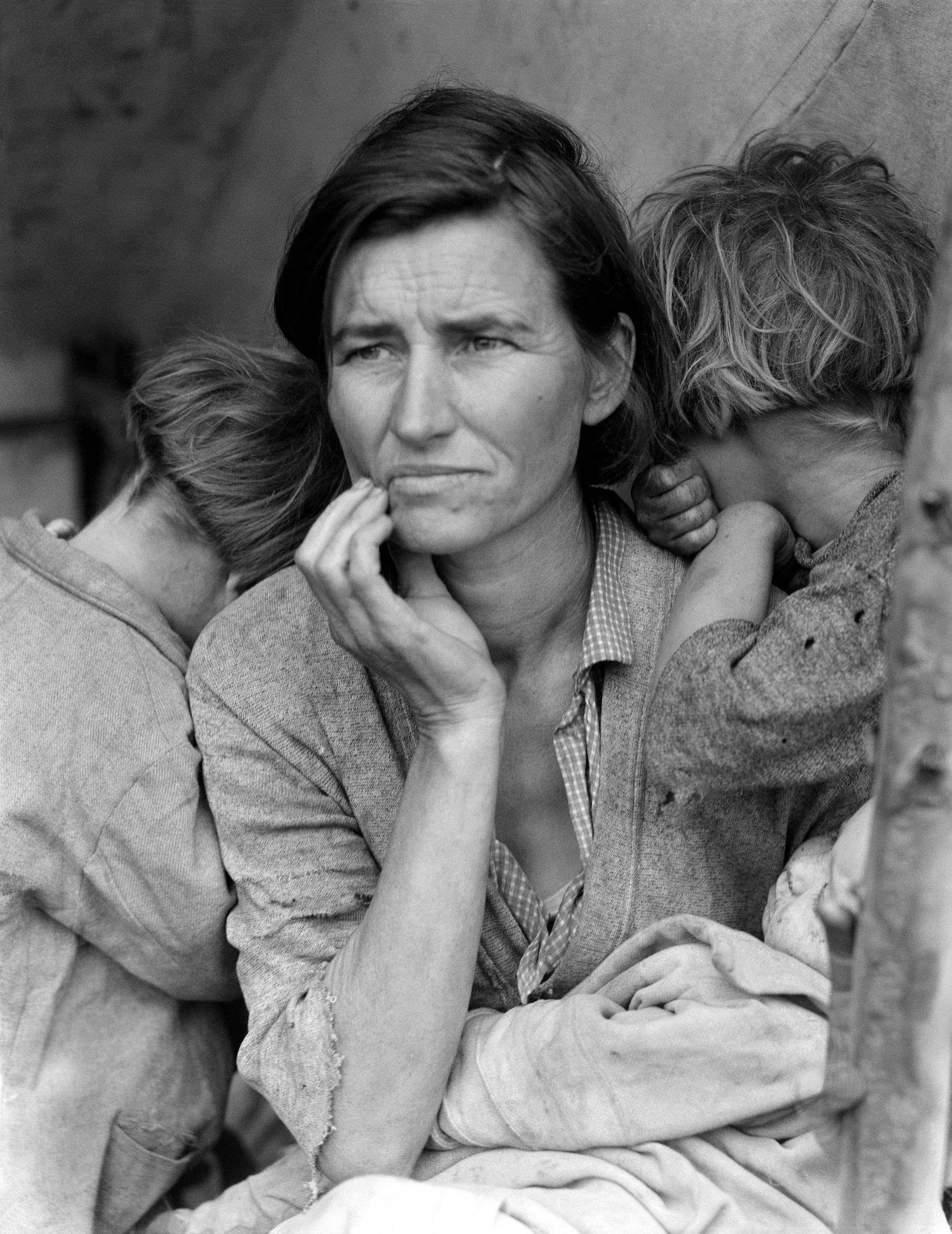
A destitute mother cradles her baby as two children cling to her shoulders in a migrant camp in Nipomo, California, circa 1936. | Source: Getty Images
11 – Earthrise, Apollo 8, 1968
On December 24, 1968, as Apollo 8 orbited the Moon, astronaut Bill Anders captured a breathtaking view of Earth emerging above the lunar horizon. Known as "Earthrise," it was the first color photograph of our planet taken from space.
The image stunned the world with its fragile beauty and is widely credited with inspiring the modern environmental movement and the launch of Earth Day in 1970.
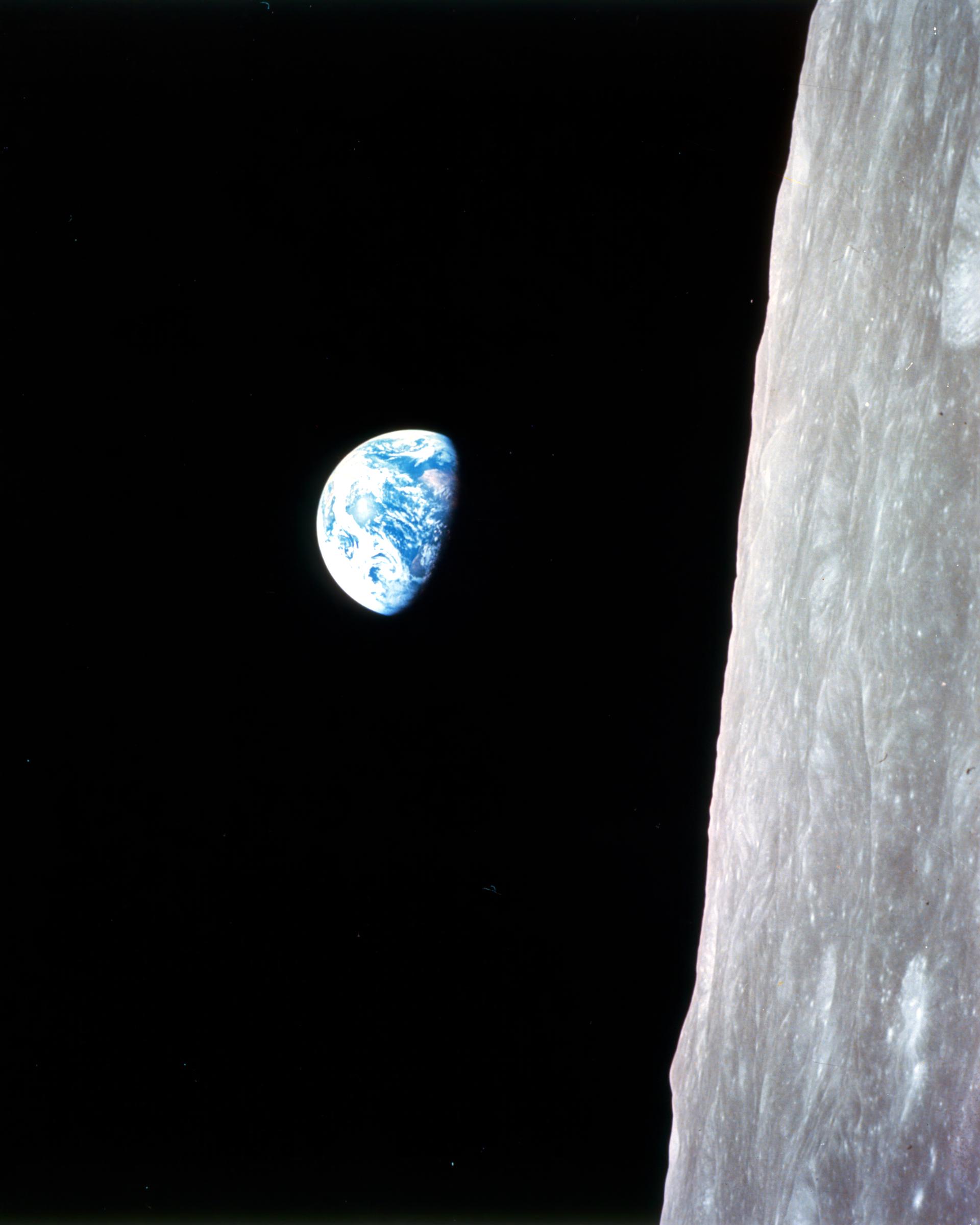
The Earth rises above the lunar horizon, photographed by astronaut Bill Anders during the Apollo 8 mission on Christmas Eve, 1968. | Source: Getty Images
12 – Dr. Martin Luther King's 'I Have a Dream' Speech, 1963
On August 28, 1963, Dr. Martin Luther King Jr. addressed a crowd of nearly 250,000 gathered at the Lincoln Memorial during the March on Washington for Jobs and Freedom.
His stirring "I Have a Dream" speech became a defining moment of the civil rights movement and one of the most powerful speeches in American history. The event marked the largest demonstration the United States had ever seen at the time and helped galvanize public support for racial equality and justice.
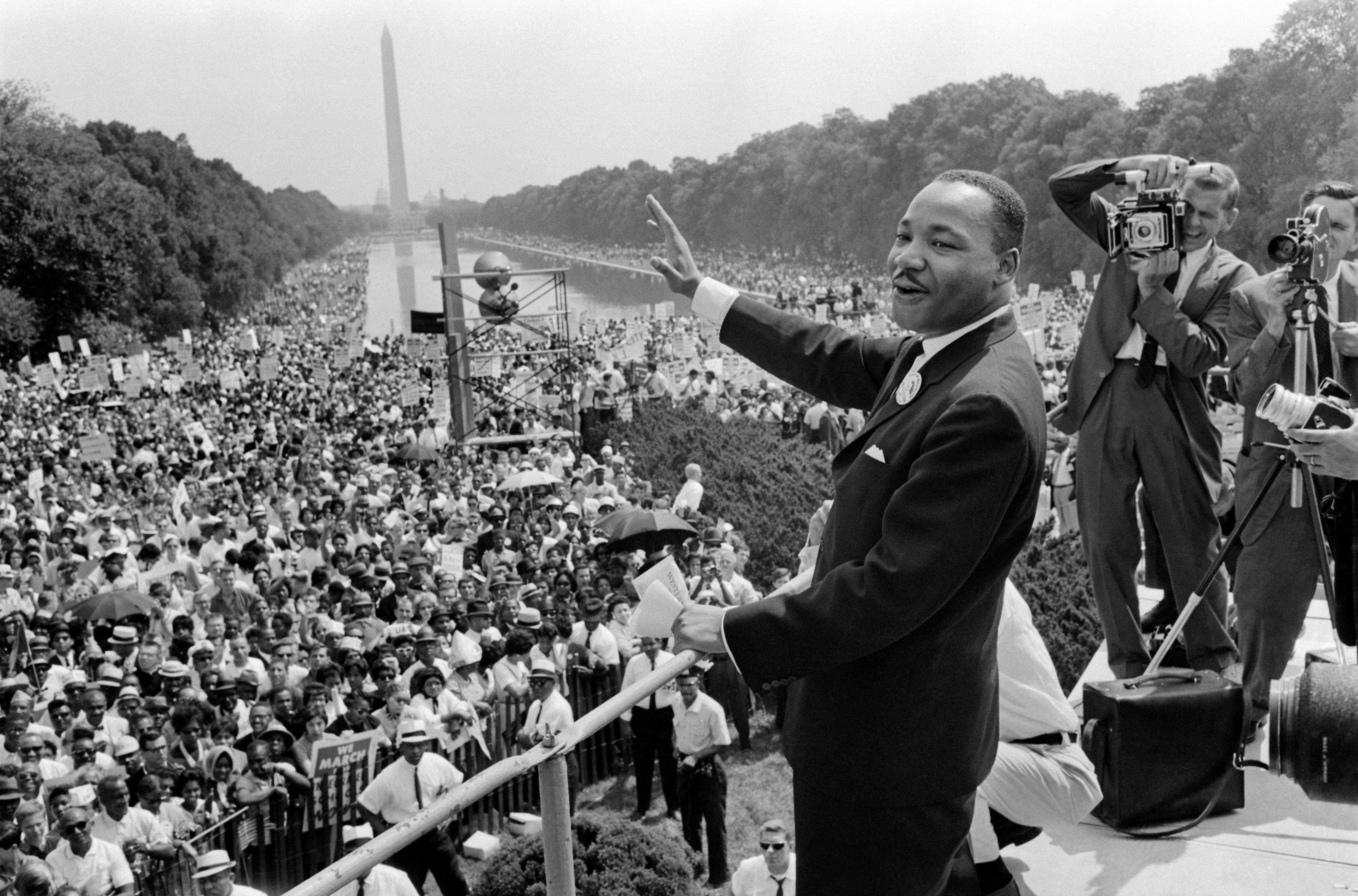
Dr. Martin Luther King Jr. delivers his "I Have a Dream" speech to a massive crowd on the steps of the Lincoln Memorial during the March on Washington, August 28, 1963. | Source: Getty Images
These 12 photos are 12 moments that shaped history. The events have passed, but the images remain — unblinking, undeniable records of what the world has seen and should never forget.
